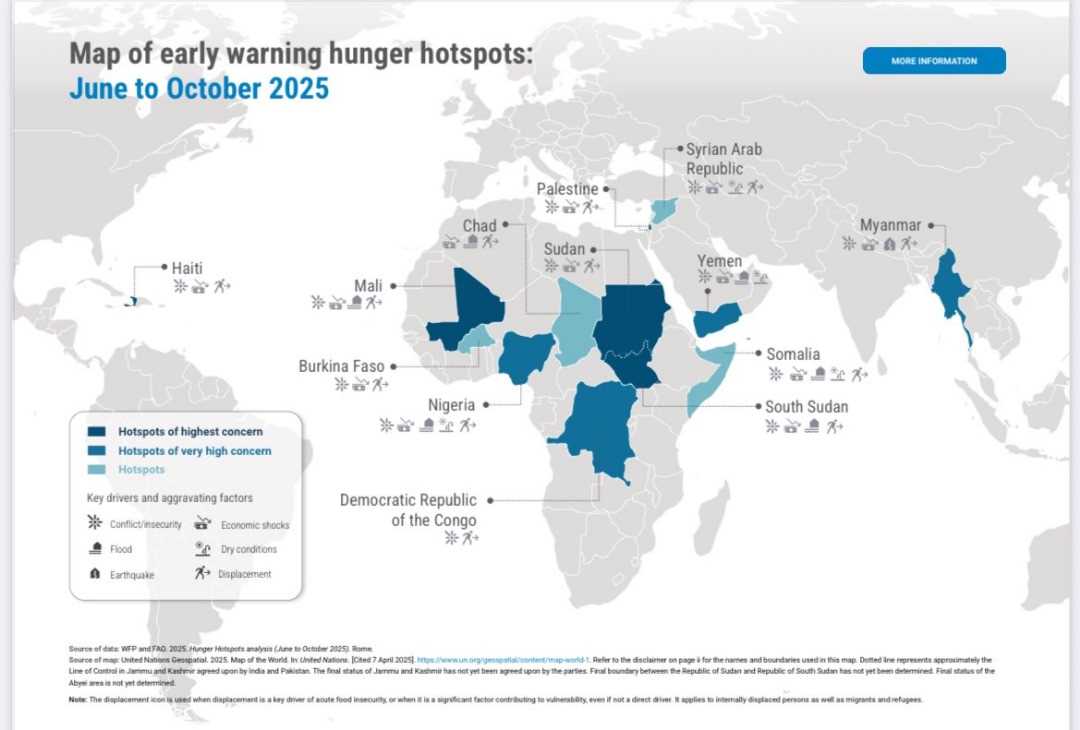
Oscar J Jeke
Zim Now Reporter
Zimbabwe is no longer classified among the world’s hunger hotspots in the latest joint early warning report released by the United Nations’ Food and Agriculture Organization and World Food Programme, marking a positive shift in the country’s food security outlook following improved harvests.
The new report, covering the period June to October 2025, highlights 22 countries and regions where acute food insecurity is expected to deteriorate significantly. Notably, Zimbabwe has been removed from the list, along with regional neighbours Zambia, Malawi, and Namibia, after months of concern over drought-related crop failures.
In 2024, Zimbabwe was included in the FAO-WFP “Hunger Hotspots” due to the impact of El Niño-induced dry spells, which severely disrupted maize and other staple crop production, particularly in the southern and western regions.
According to the UN agencies, the improved seasonal rains in early 2025 contributed to better-than-expected harvests in much of the country, helping to ease food access and availability in both rural and urban communities.
Related Stories
However, the report comes with a stern warning: “These gains remain fragile and could reverse quickly if shocks re-emerge.” The UN notes that renewed drought, inflation, or macroeconomic instability could still plunge vulnerable populations back into crisis.
The FAO and WFP say Zimbabwe’s exit from the list should not signal complacency. Instead, it offers an opportunity to invest in resilience, strengthen food systems, and build buffers for future climate and economic shocks.
In contrast, the report identifies Sudan, South Sudan, Mali, and Haiti as facing the highest levels of concern, driven by a combination of conflict, economic shocks, displacement, and climate events.
While Zimbabwe has made short-term progress, the humanitarian agencies say continued support is critical to sustaining gains. Rural areas, especially those reliant on rain-fed agriculture, remain vulnerable, and food prices have yet to stabilize fully.
The UN agencies urged governments, donors, and development partners to act early in hotspot regions to prevent further deterioration of food security and malnutrition in the most at-risk populations.
The 2025 harvest season in Zimbabwe, which showed modest gains in maize and small grains, was aided by government-led irrigation initiatives, community resilience programs, and targeted food assistance in hard-hit districts. Still, observers warn that recovery remains uneven and susceptible to future shocks.










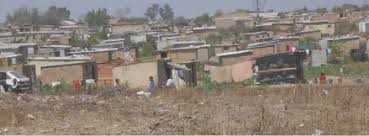

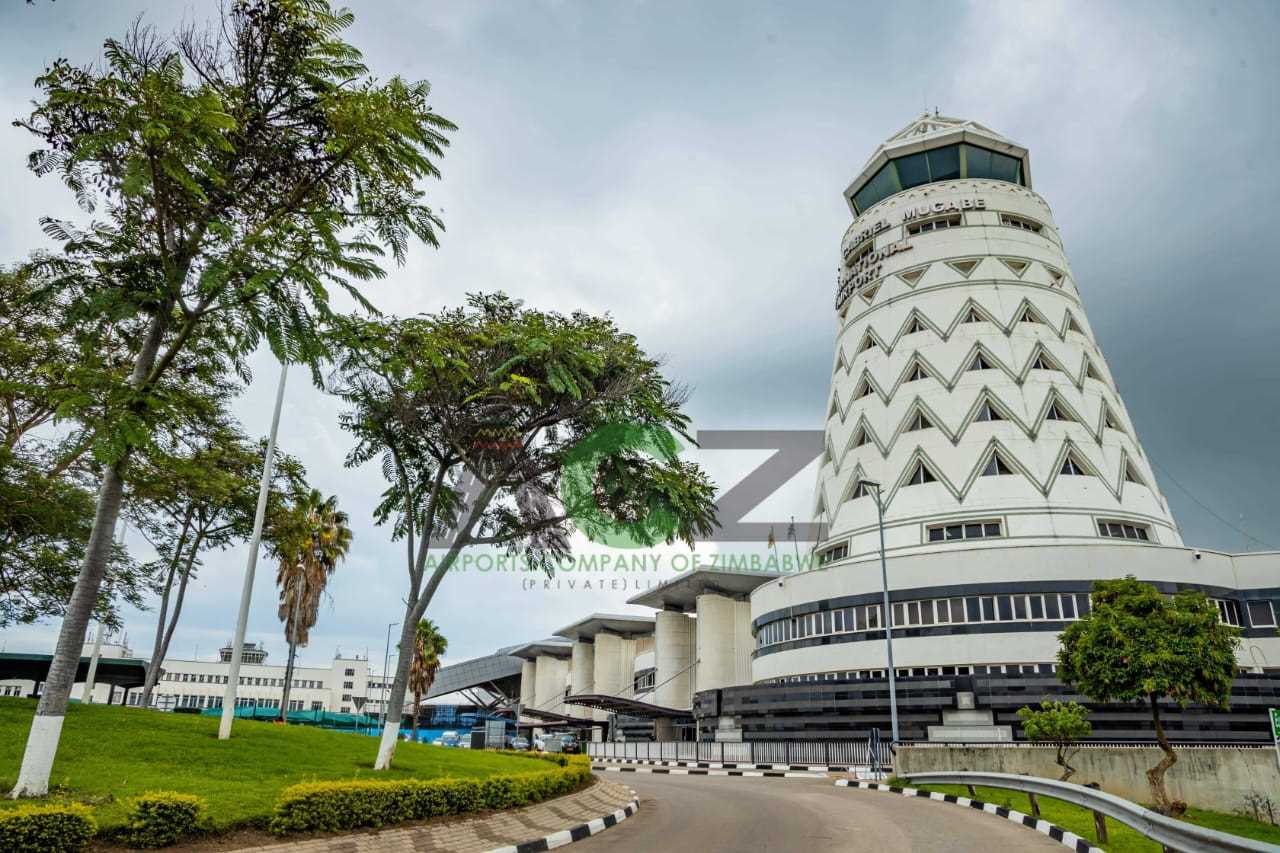

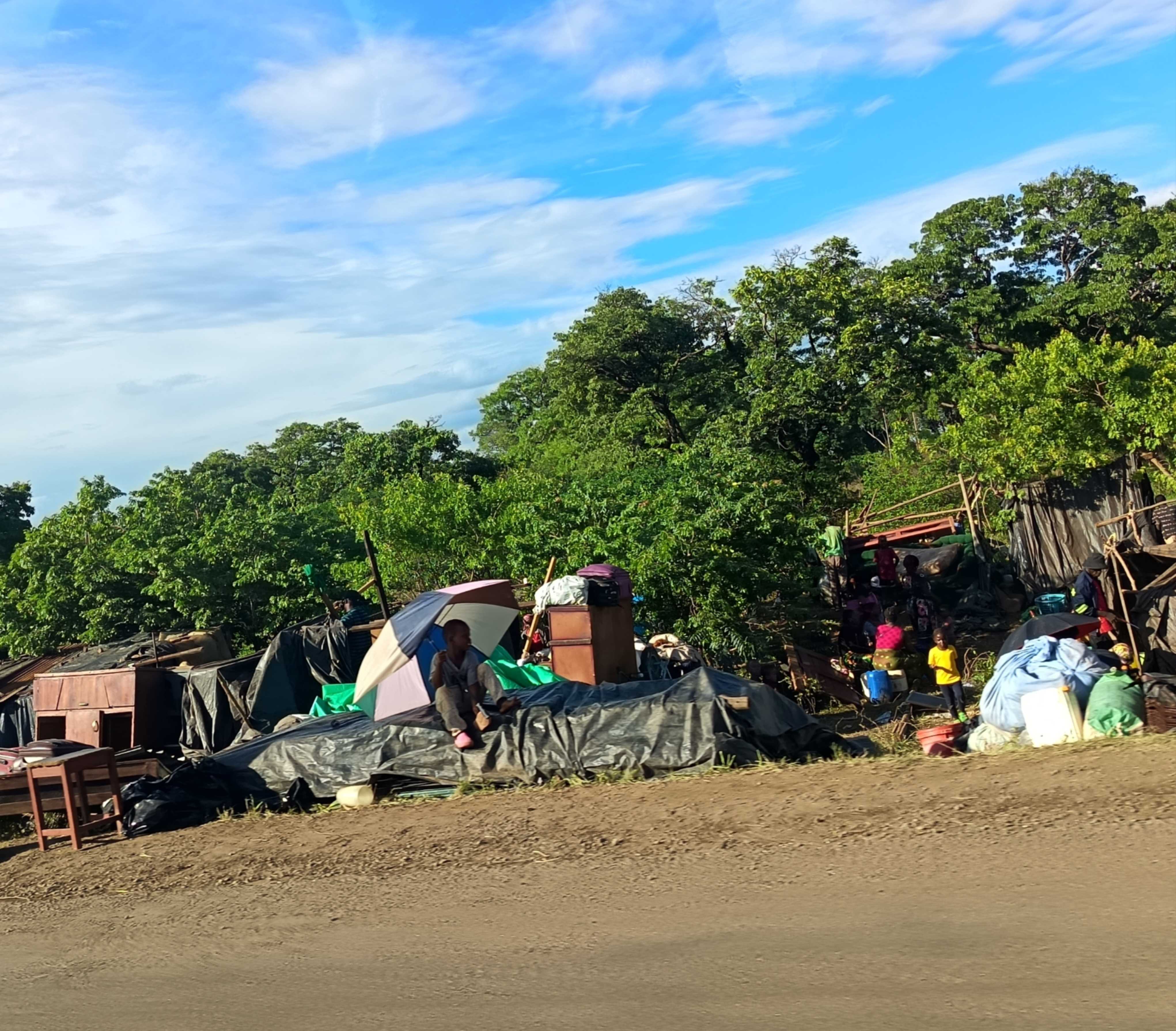
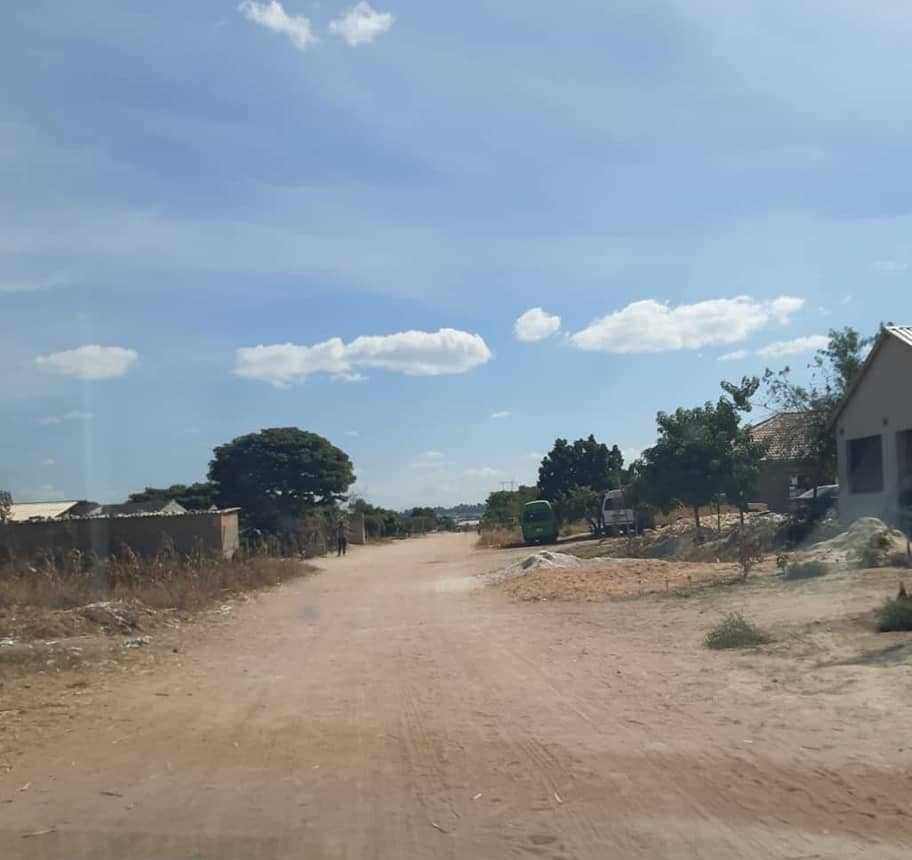

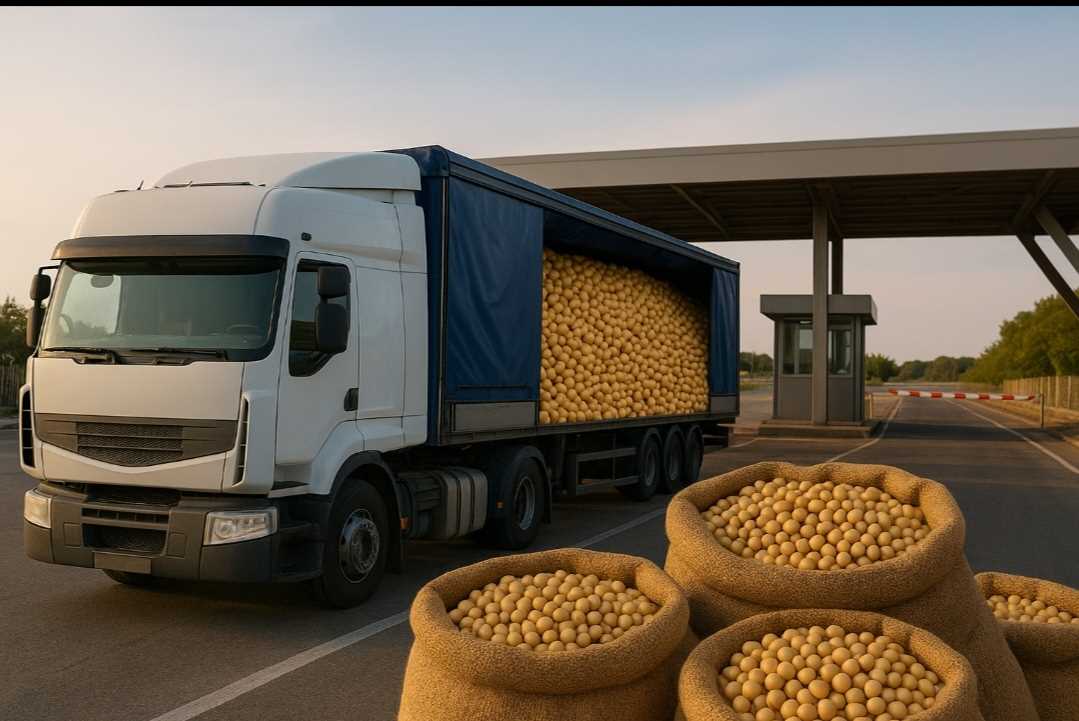


Leave Comments